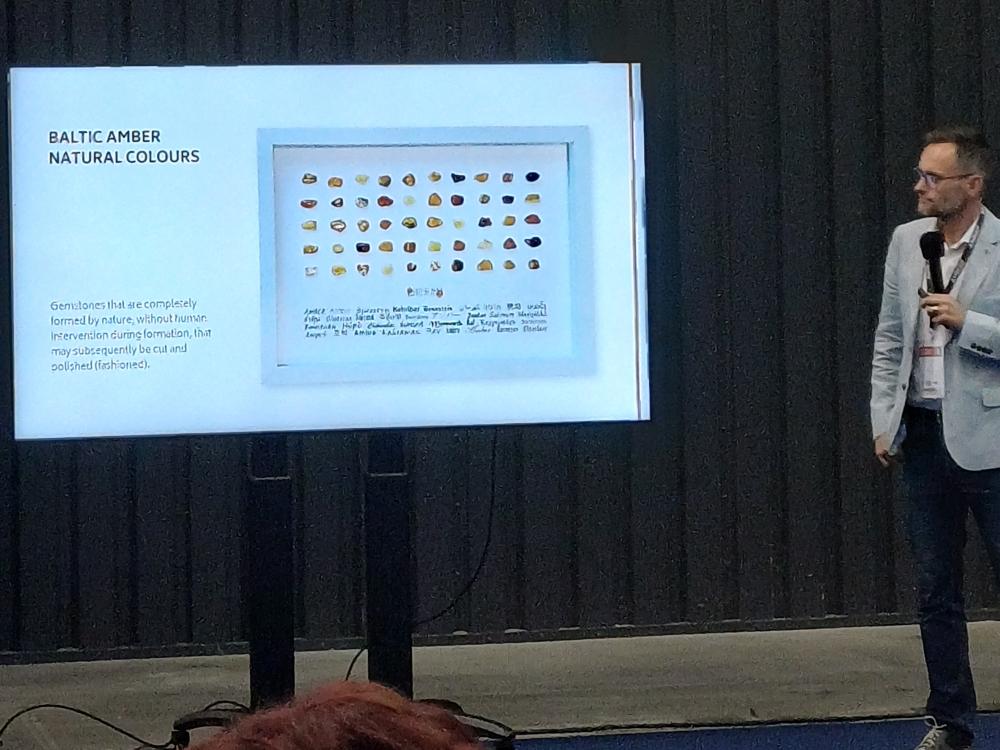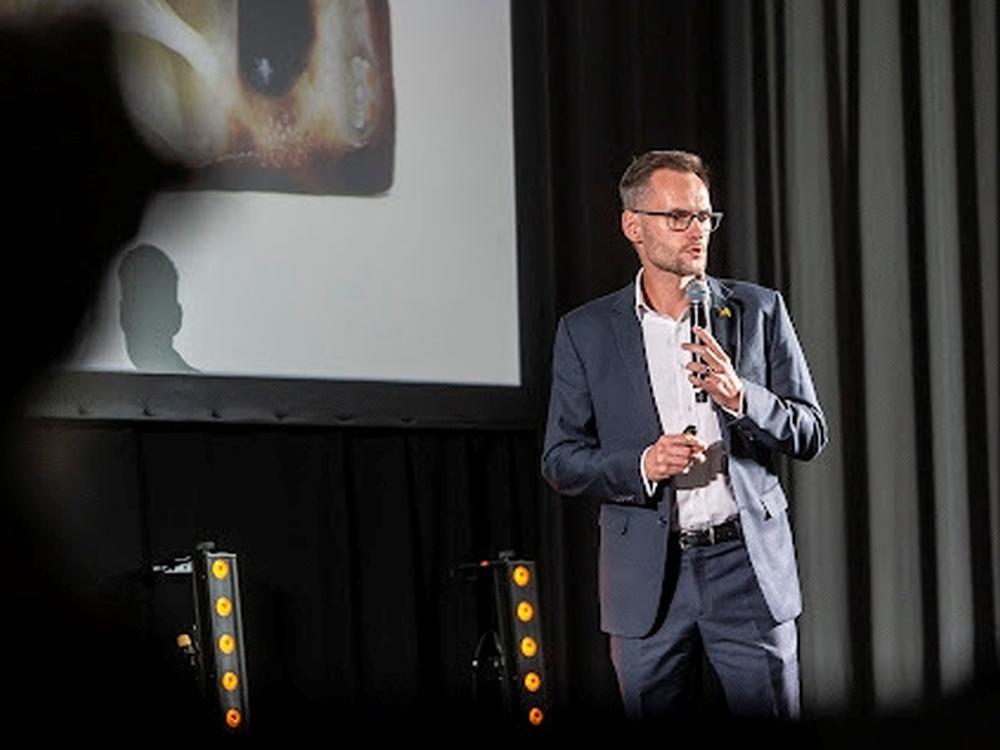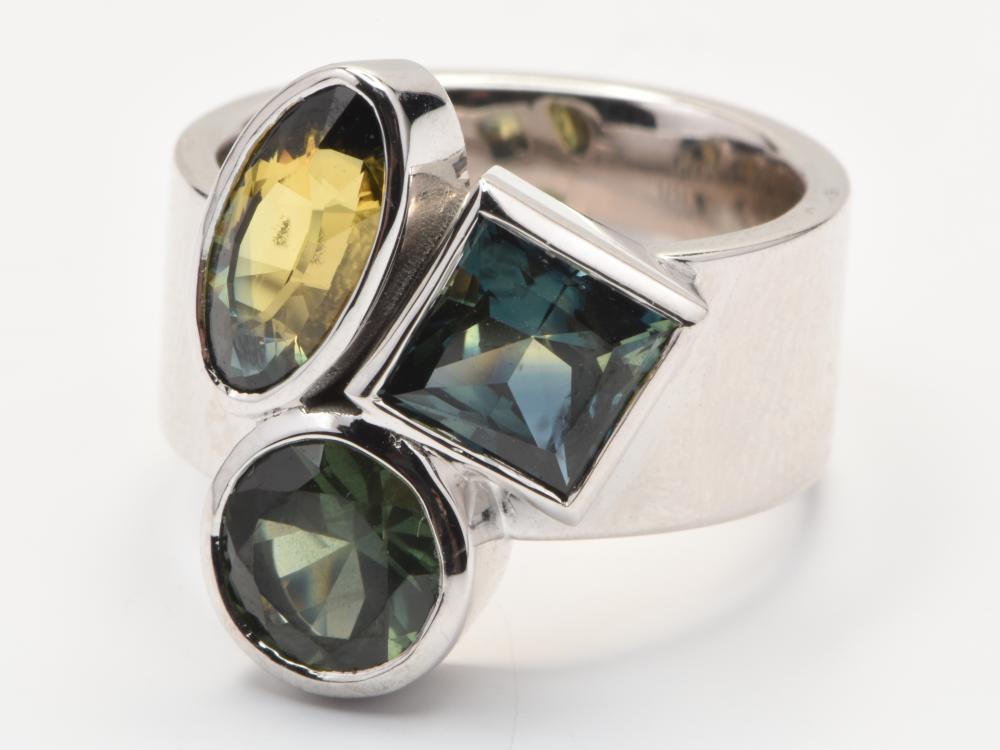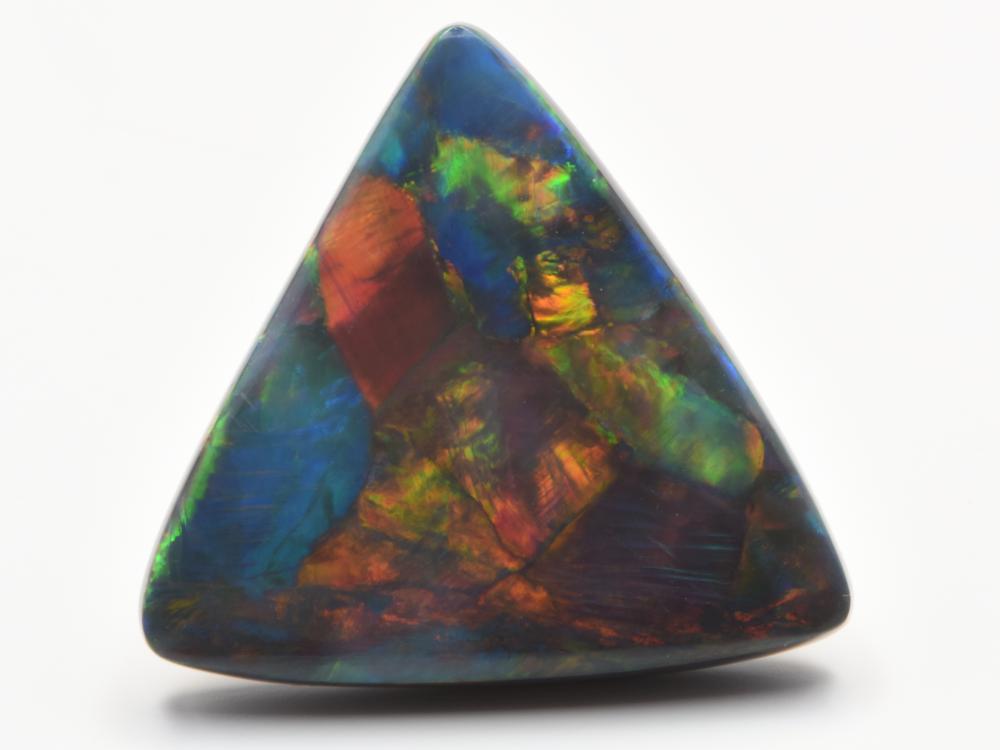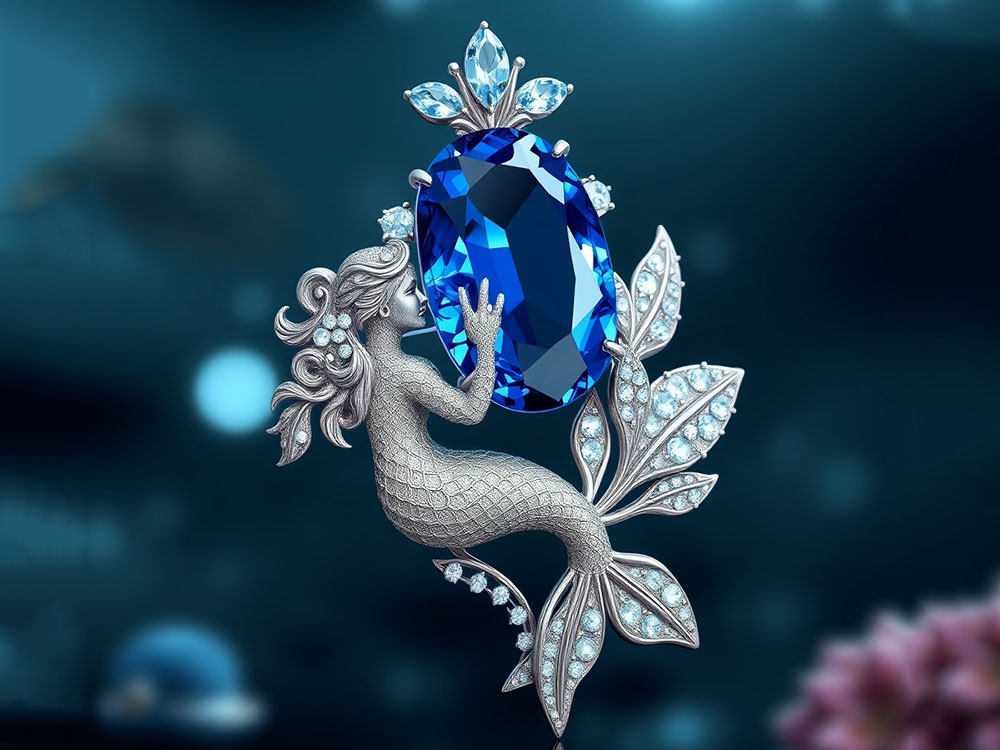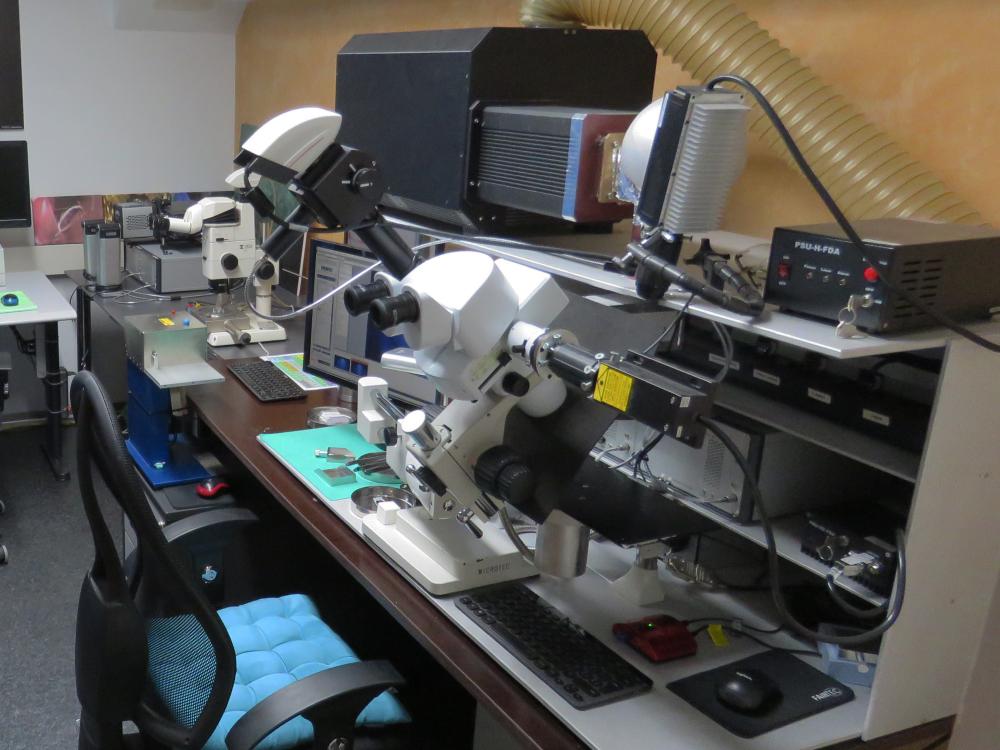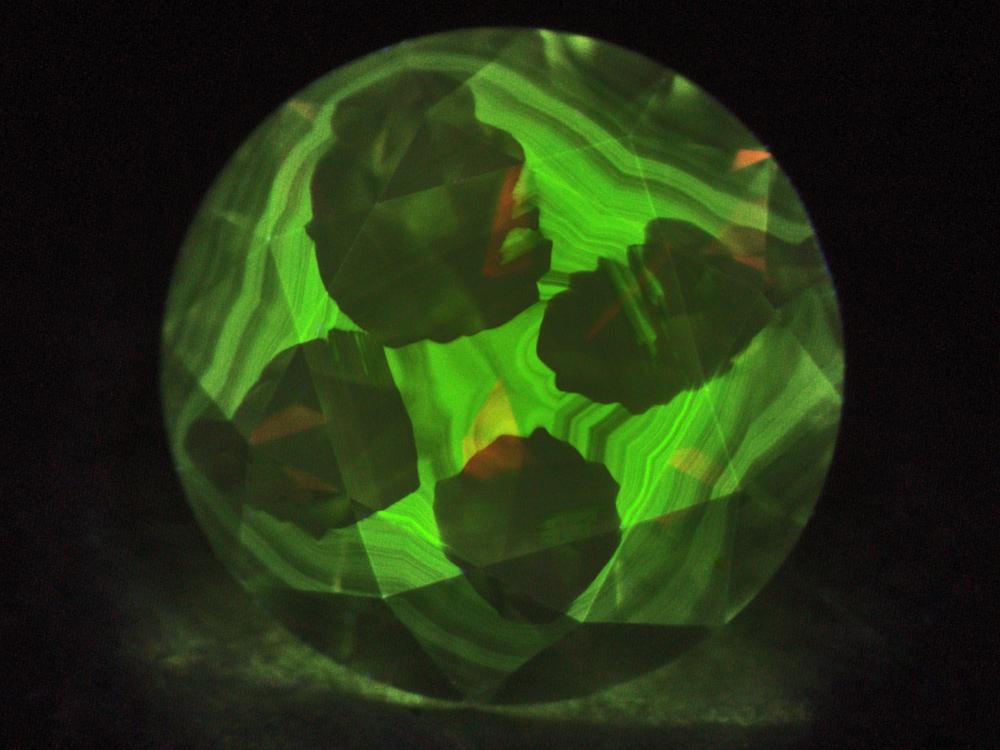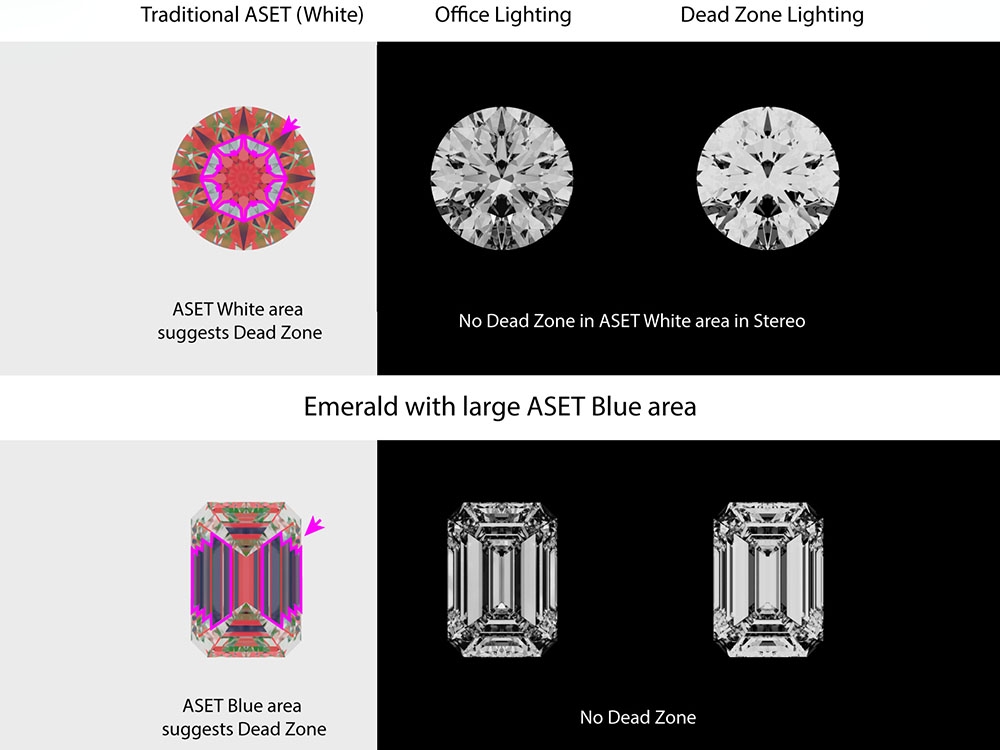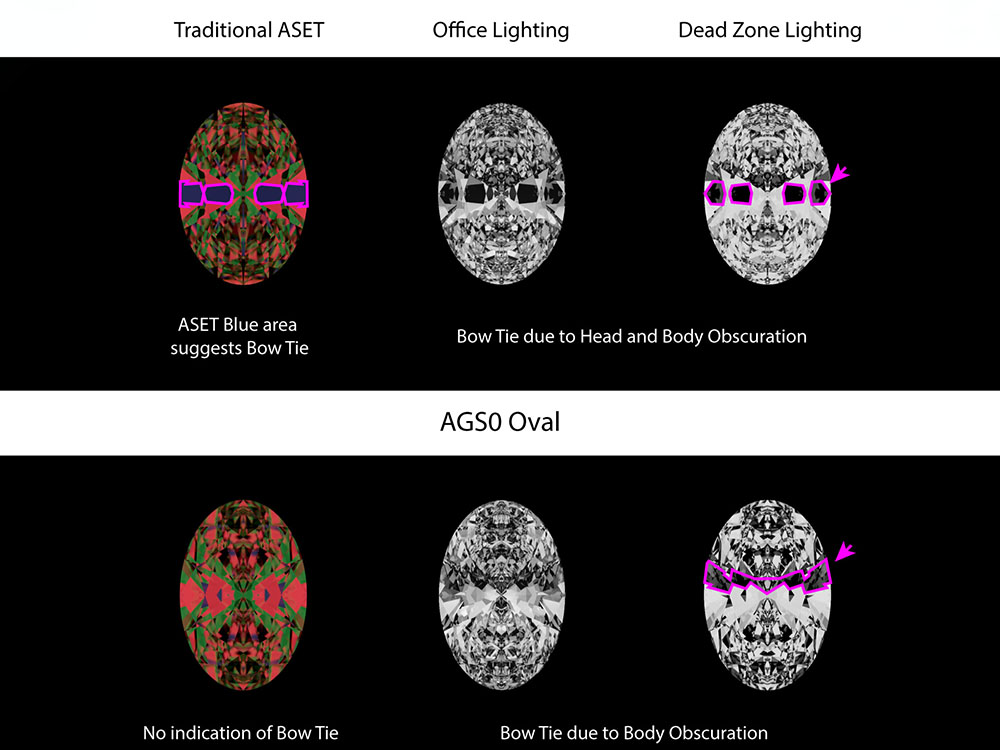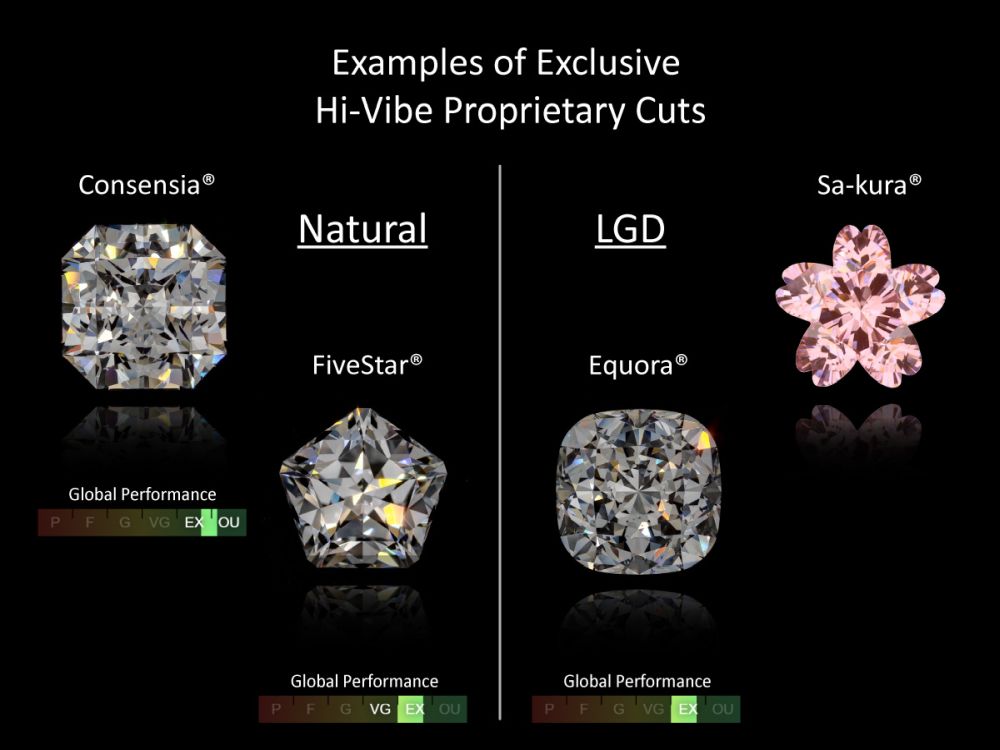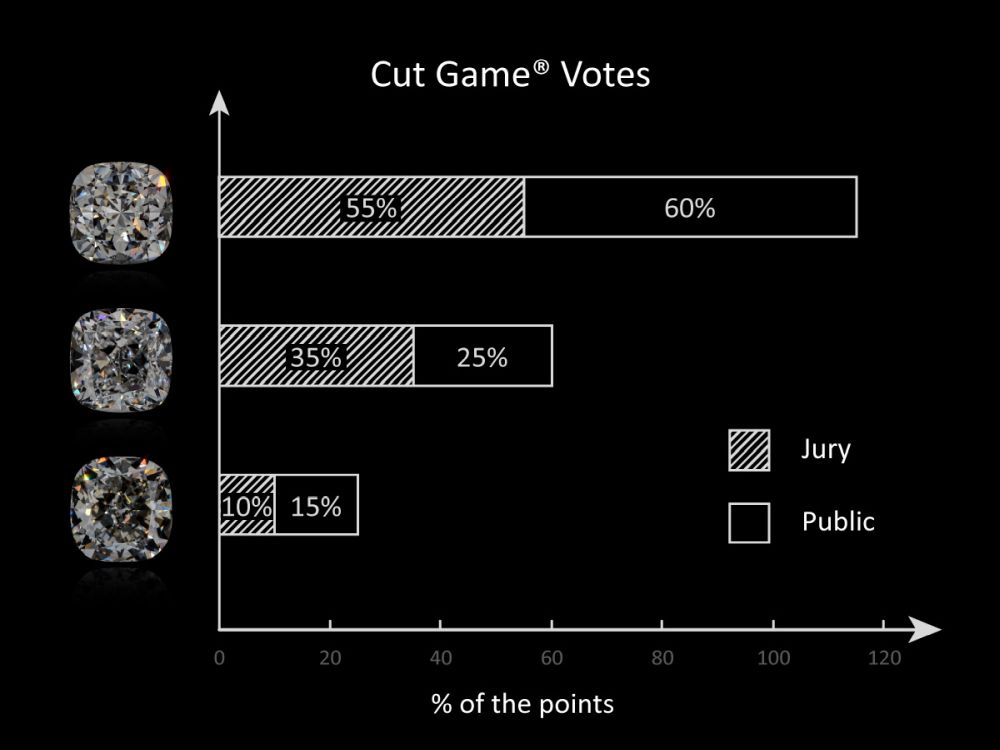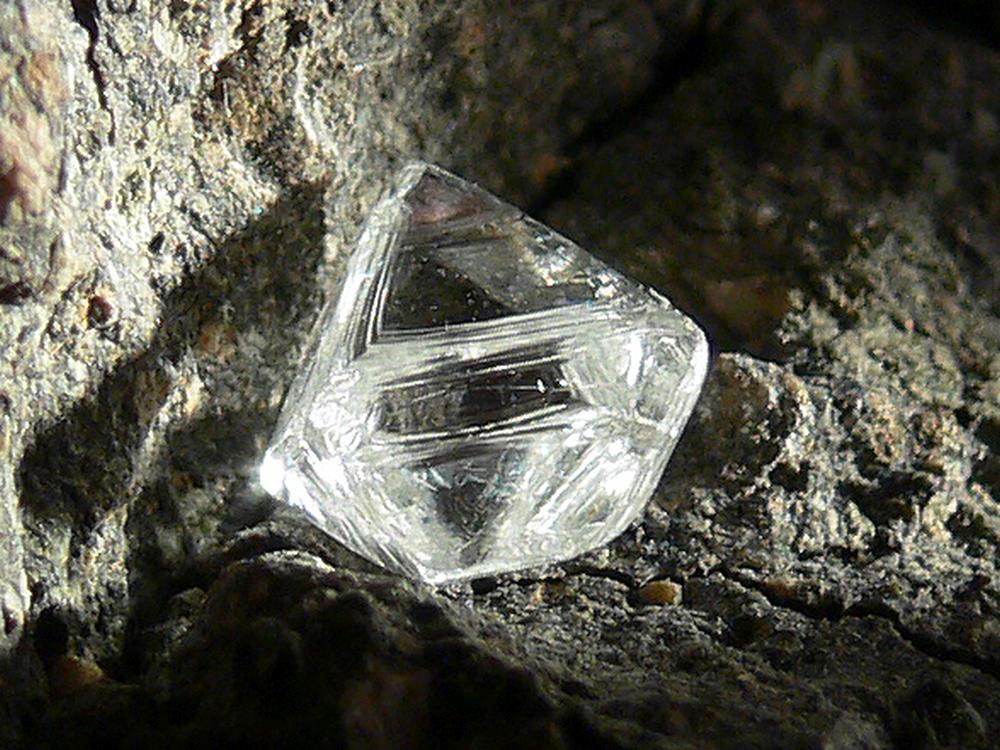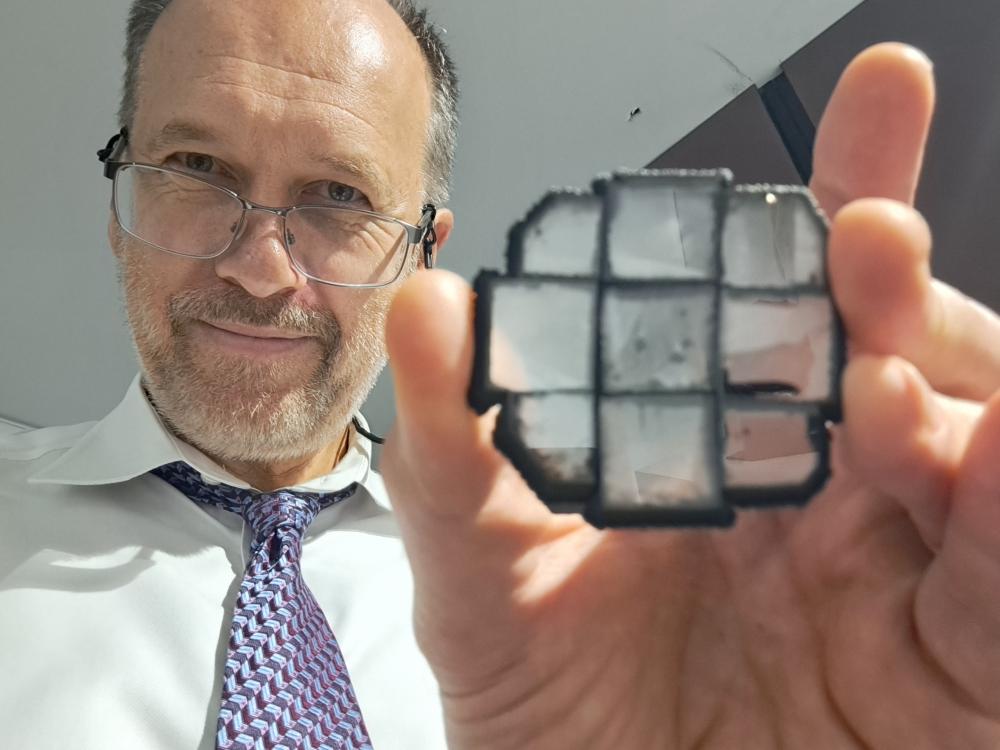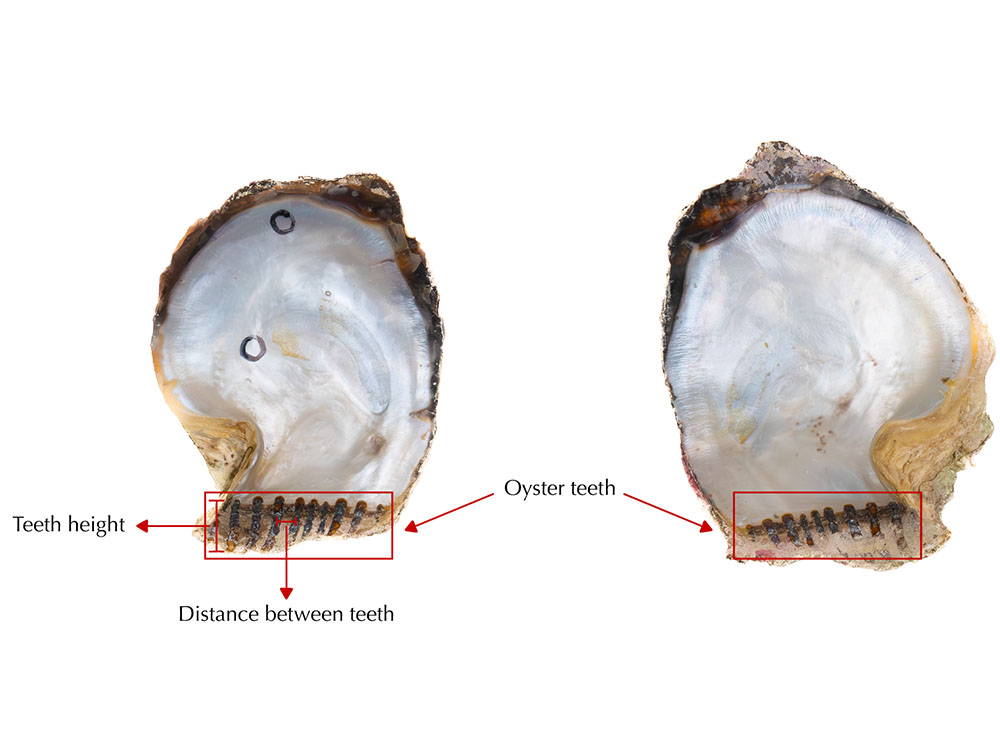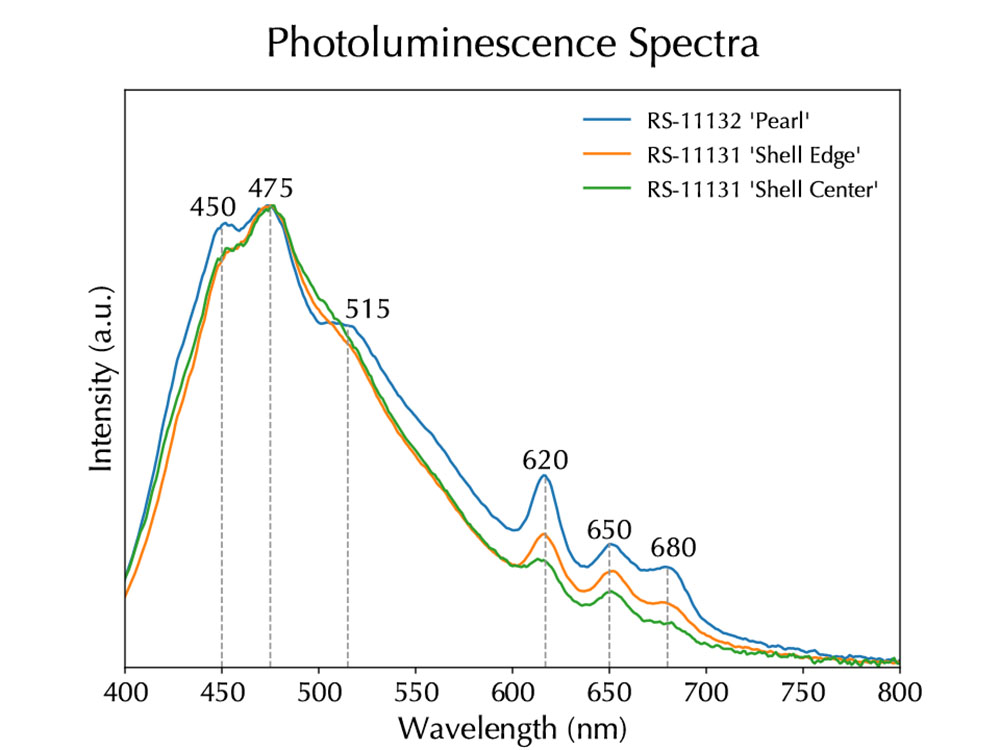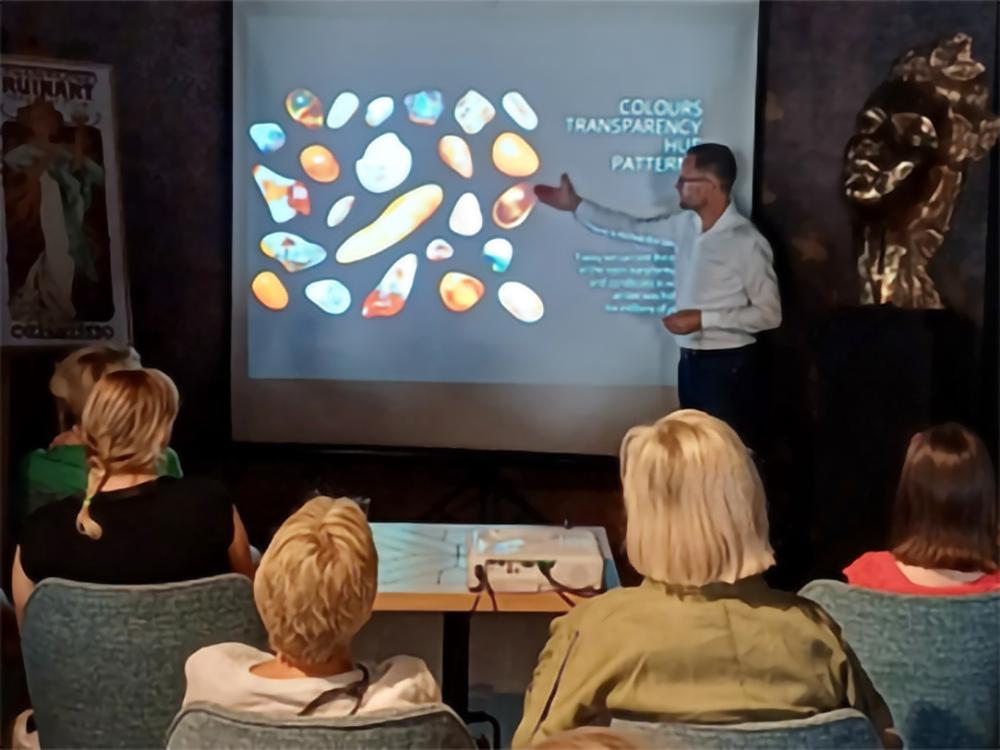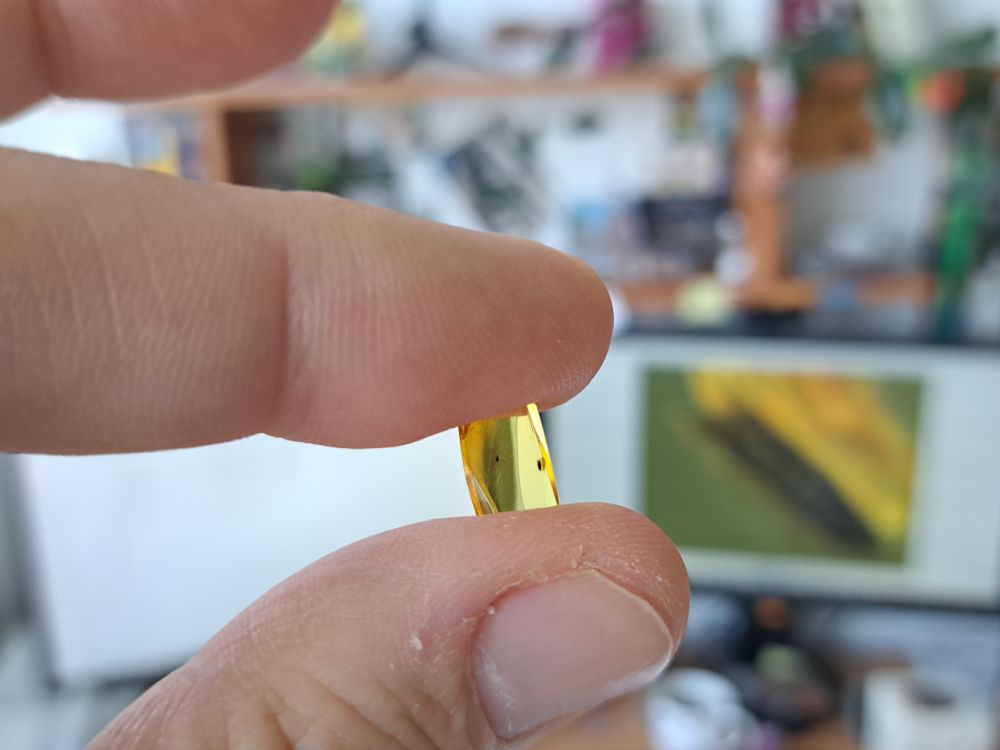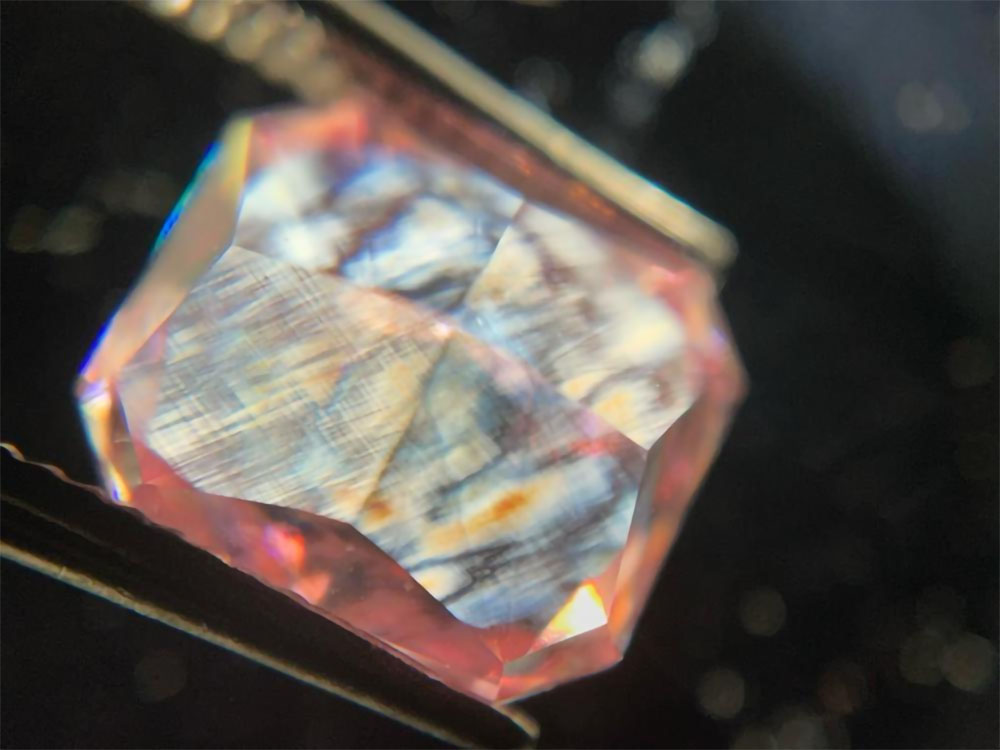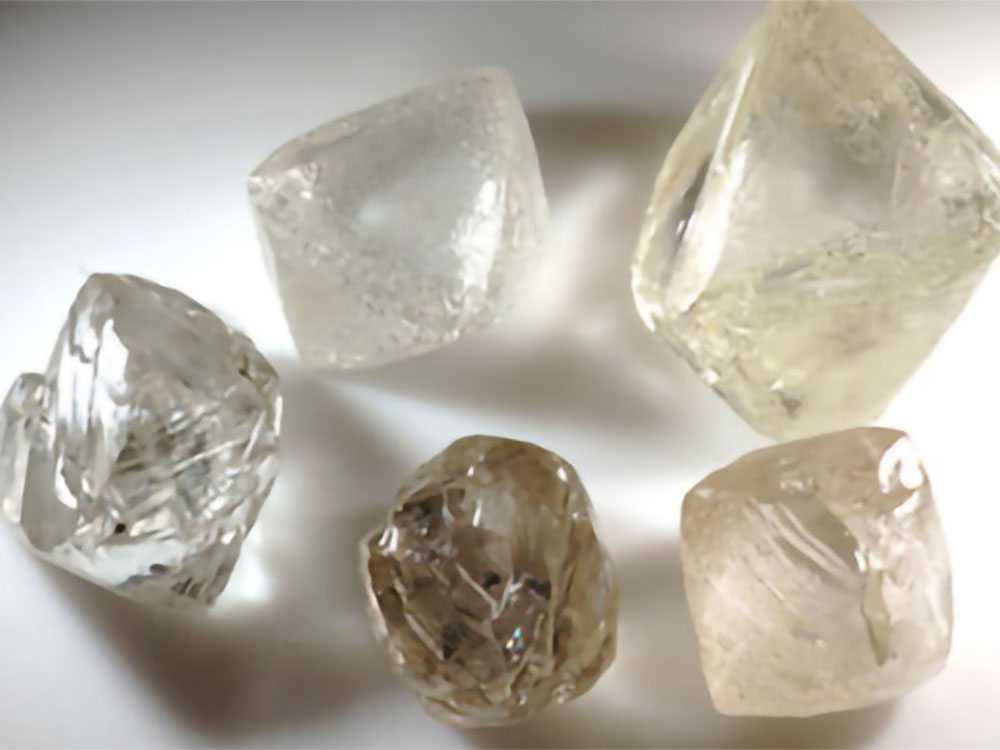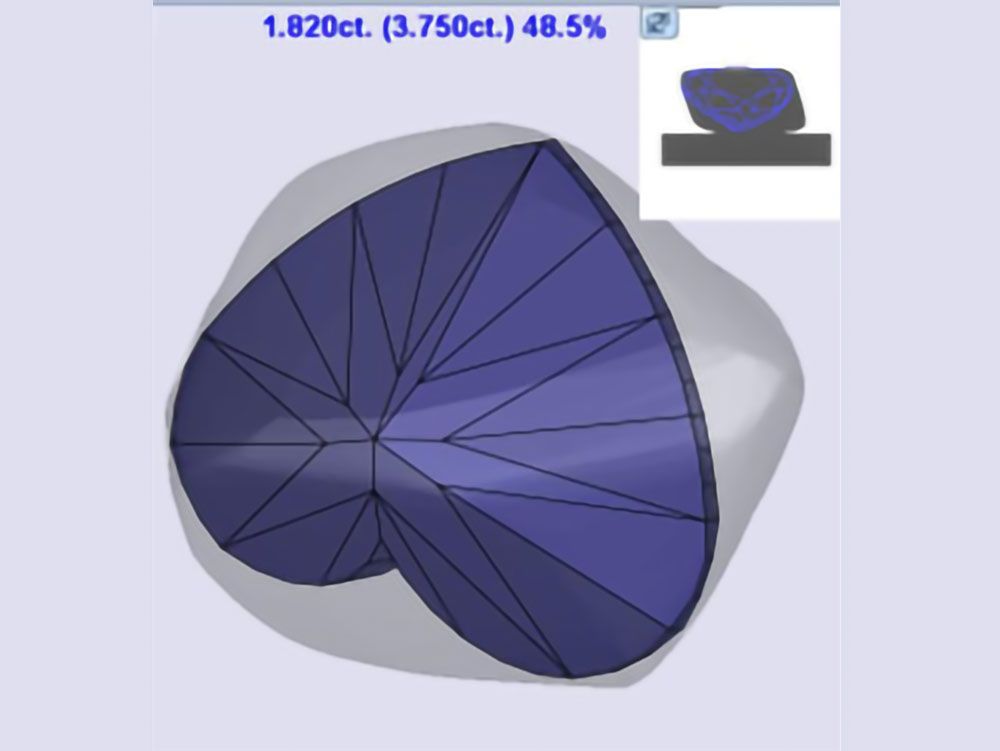
Preliminary Program for 3rd International “BrankoGems Conference” Dubai, March 25-29 + Special Trade Show (Amber, Diamond, Pearl, Sapphire, Turquoise)
SATURDAY (March 21, 2026): TRIP to Bahrain via Dubai.
PRE-CONFERENCE TRIP SUNDAY (March 22, 2026): PEARLS WORKSHOP: Half day Program on Pearls – DANAT lab ($375)
MONDAY (March 23, 2026): Half Day “Pearl Diving Experience” and/or “Oyster Shucking Activity” on the boat MONDAY (March 22, 2026) (cost not finalized)
TUESDAY (March 24, 2026): free day in Bahrain or return to Dubai
WEDNESDAY (March 25, 2026):
Morning, 10am-13pm: SHOW/CONFERENCE OPENING and FREE LECTURES for TRADE
Afternoon, 14.00-17.30pm “Jewellery Design Workshop” by Tarun Jain (WAD, Half day)
1/2 Day Cost: $295 (lunch included and coffee break)
THURSDAY (March 26, 2026): GEMS
Half Day program on Amber – Michal Kosior, Agnieszka Klikowicz-Kosior (Amber Experts), Poland
Half Day program on Turquoise – Joe Dan Lowry (Turquoise Museum), USA
1/2 Day Cost: $295, 1 Day Cost: $595 (lunch included and coffee breaks)
Free Cocktail Welcome Reception: (Thursday) evening 6.30-8.30PM, Sponsored by “Turquoise Museum”
FRIDAY (March 27, 2026): 1 Day Conference
Cost: $295 (lunch included and coffee breaks)
SATURDAY March 28, 2026): DIAMONDS
Half Day program on “Grading of Rough Diamonds” – Elena Deljanin (GRI)
Half Day program on “ID of Laboratory-grown Diamonds “– Branko Deljanin (GRI)
1/2 Day Cost: $295, 1 Day Cost: $575 (lunch included and coffee breaks)
SUNDAY (March 29, 2026): CVD factory
Morning: VISIT to “Eviqe Diamonds” CVD factory for participants
Details are coming soon.
Afternoon “DIAMOND WORKSHOP” (by invitation Workshop by Branko Deljanin)
Afternoon: Custom-made workshop for “Eviqe Diamonds” staff, sponsored by Eviqe, UAE.
$75 (or complementary for Full Conference Participants and Show Exhibitors)
FULL CONFERENCE (4 Days) cost:
$1,250 (Early bird by Jan 31, 2026)
$1,390 (after Feb 1, 2026)
Special Trade Show (Amber, Sapphire, Turquoise, Diamond) – Free Entrance to Conference participants. Show exhibitor have free access to Conference program
Wednesday- Thursday – Friday (same area divided in half) – March 25-27, 2025
Exhibitors: local and international
Size of the booth: decorated table (1, 2 or 3) with partitions, chairs or sofa with showcase
Agnieszka Klikowicz-Kosior and Michał Kosior
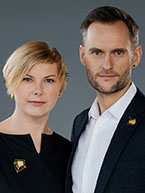
Agnieszka Klikowicz-Kosior (chemist) and Michał Kosior (gemmologist) run the Amber Experts gemmological laboratory, which specialises in the identification of amber products, their modification and the detection of imitations. The laboratory works primarily with the manufacturing industry in Europe, as well as with buyers and collectors from around the world. Amber Experts offers comprehensive amber analysis using advanced research methods that help confirm the authenticity and quality of stones, jewellery and other amber products. In addition, education about amber and its properties is one of the key areas of the laboratory’s activity, carried out through workshops, training courses and industry publications.
Branko Deljanin

Branko Deljanin, B.Sc, GG, FGA, DUG is President at CGL Canadian Gemlab and Director of Gemmological Research Industries Inc in Vancouver. He is a research gemologist with extensive experience in advanced testing of diamonds and gemstones to determine origin of color.
Branko is instructor of “Advanced Gemology” programs on diamonds and coloured stones offered in 25 countries on 4 continents. In 2001 he earned his Advanced Gemology Diploma (DUG) from the University of Nantes in France. He co-authored best selling books on Natural, Treated and Laboratory-grown Diamonds and Gems and has been a regular contributor to trade and gemological magazines and presented reports at a number of research and gemological Conferences, including Mediterranean Gemmological and Jewelry Conference that he co-founded in 2015 and BrankoGems International Conferences he started in 2023.
Elena Deljanin
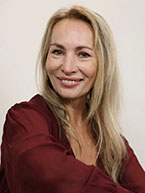
Elena Deljanin, M.Sc., FCGmA, FGA, is a highly respected gemologist and rough diamond expert with extensive experience in grading, evaluation, and scientific analysis of diamonds from global sources. She is President of Gemological Research Inc., specializing in the identification, origin verification, and treatment detection of both rough and polished diamonds, as well as in the separation of natural from synthetic stones.
Her expertise includes advanced spectroscopy techniques (FTIR, UV-VIS-NIR) and the study of diamond morphology, surface features, and micro-diamonds. Elena has served as an instructor for specialized rough diamond programs in Canada, the USA, and Brazil, training professionals in exploration, mining, and evaluation. Previously, she held senior gemology positions at the Canadian Gemological Laboratory in Vancouver and EGL USA in New York, conducting research, field studies in Brazil and Russia, and collaborating with industry leaders like Alrosa and De Beers.
Husna Alderazi
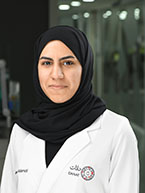
Husna Alderazi, M.Sc., FGA, is a research gemmologist at Bahrain Institute for Pearls and Gemstones with a solid background in physics and mathematics. She obtained her master’s degree in physics from the University of Insurbia with a thesis titled: “Optical and Spectroscopic Grading of Pinctada Pearls from the Bahrain Sea”. Her expertise includes working with advanced spectroscopic instruments and strong proficiency in data analysis and interpretation. Currently, she is interested in studying the photoluminescence of pearls.
Joe Dan Lowry

Joe Dan Lowry grew up in the turquoise trade and was a founding member of the Turquoise Museum in 1993. In the museum’s 31-year history he has been the only curator of the museum and developed the museum from its beginning. Joe Dan Lowry is the only person in the world who has participated in every aspect of the turquoise industry, including as a miner, lapidary, designer, author, researcher, curator, philosopher and collector. He has spearheaded scientific studies and in involved in cultural and mystical preservation and storytelling.
Joe Dan has written numerous articles about turquoise, its science, mystical qualities, values, histories, mining, lapidary and imitations. He has authored and co-authored three books that are called “The Turquoise Trilogy” that teach teachers all about turquoises many facets.
He is a miner, lapidary, researcher, designer, appraiser, and collector.
Joe Dan’s passion is collecting stories about turquoise and the characters and cultures that love it.
Kym Hughes
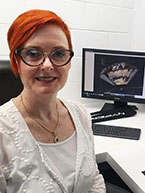
Since founding Symmetry in 1998, Kym Hughes has established it as one of Australia’s leading independent jewellery valuation firms. With more than 30 years of industry experience, she holds both national and international qualifications in gemmology and valuation, including advanced training in diamond technology and spectroscopy. Kym is highly respected worldwide, having served as president of the National Council of Jewellers for 23 years and currently as president of the Queensland Division of the NCJV.
She also lectures nationally and internationally, sharing her expertise in modern and antique jewellery. Her work is supported by Spectra Laboratory, one of Australia’s best-equipped gemstone analytical facilities. Deeply committed to education, Kym co-authored the Diploma of Applied Gemmology (Valuation) course and actively mentors the next generation of jewellery valuersoday.
Olga Okhrimenko

Olga Okhrimenko brings a strong scientific foundation together with strategic business expertise. She earned a Ph.D. in Physics and Math from Moscow State University, contributing to research behind the Nobel-winning LIGO project. After the post-perestroika shift, Olga moved into business, starting with top consultancy A.T. Kearney. To gain hands-on industry experience, she later became Head of Marketing and Market Research at a Cadbury Branch.
To round out her commercial expertise, she joined electronics retailer M.Video as Brand Director, helping shape its national retail presence. Olga then returned to consulting as a partner at CBIconsult, specializing in strategic adjustments, as well as corporate and product rebranding and communications.
Now based in Finland, she collaborates with Octonus on diamond market strategy—combining her engagement in science and business.
Roman Serov
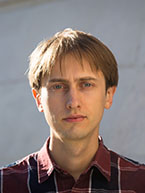
Roman Serov is a researcher and technology developer at Octonus, focused on creating advanced solutions for producing visually stunning diamonds. His work centers on the study and optimization of diamond optical performance, including light interaction, brilliance, fire, and scintillation. With a strong background in spectroscopy and gemological analysis, he contributes to the development of cutting-edge technologies for optimizing both fancy-colored and colorless diamonds.
Tarun Jain
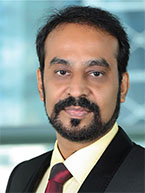
Tarun Jain is a 2nd-generation Jeweller, and has a legacy of learning about Jewellery designing and Gemstones from his father since childhood. Tarun started his independent retail store in 1992 after completing his formal education. Studied Gemology & Designing from Gubelin, GIA, IIGJ, CGL. With international design exposure, Tarun designed innovative jewellery and in-house production and established local as well as international clients for his retail store called ‘Sil Gold Fine Jewellery’ in New Delhi. Tarun also won 30 National and International Jewellery design awards over 30 years of retail and finally started Jewellery design education in Delhi as Design Academy of India & in the UAE as World Academy of Design.
Dr. Thomas Hainschwang
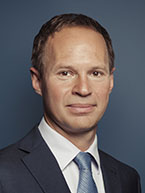
Dr. Thomas Hainschwang is Director and co-founder of GGTL Laboratories (GGTL Laboratories Liechtenstein). He founded Gemlab (Liechtenstein) in 1996 and joined a very close collaboration with GemTechLab in Geneva in 2011, through which GGTL Laboratories emerged, with the three member labs in Liechtenstein, Geneva and Antwerp (http://www.ggtl-lab.org).
Dr. Hainschwang has been working on the analysis of diamonds, colored stones and pearls for the past 29 years, and is a respected expert in the field of gemological research, with extensive experience in the complex topic of colored diamond.
Besides his expertise as a multidisciplinary gemmologist with specialization in diamond research and testing, Dr. Hainschwang has developed and built many analytical instruments for gem and pearl testing in the past years.
Dr. Hainschwang holds a PhD in Physics (materials science) from the University of Nantes, France, a university diploma in advanced gemology from the University of Nantes (DUG diploma), and gemological diplomas by the GIA (GG), by the British Gemological Association (FGA), and by the Swiss Gemological Society (SGG).
Baltic amber and its treatments: A New Classification Chart
Agnieszka Klikowicz-Kosior and Michał Kosior, Amber experts (Poland)
This presentation explores Baltic amber treatments modern methods, their goals, and features. A new classification showcases the natural diversity of Baltic amber species alongside numerous enhanced types. Designed to improve understanding of amber modifications, it also organizes essential knowledge for gemmologists, correcting past mis-definitions. This pioneering classification follows global standards (e.g., CIBJO, LMHC) and draws on extensive identification experience. It details each treatment type, highlighting their impact on colour and stone durability.
Valuation of Australian Gems, Coloured Diamonds and Pearls
Kym Hughes, Symmetry Lab (Australia)
In recent years Australian Gems have become more sort after in the world market. Trends of colour in the market “teal” – fits perfectly with Australian Sapphires this has meant price increases.
Australian coloured diamonds, how has the closure of the Argyle mine affected pricing.
COVID what it did to the pearling industry in Australia.
Australia is a major producer of opals with 3 distinct regions producing very different opal types, how these are identified and how they should be described.
This talk will cover what a jewellery valuer needs to consider when appraising gems and how what happens in the world has affected pricing of Australian gems.
No longer is Australia a large island in the middle of nowhere.
Tarun Jian
COMING SOON
The many applications of fluorescence of diamond: more than just beautiful pictures
Thomas Hainchwang, GGTL (Liechtenstein)
Thanks to a very wide bandgap of 5.5 eV and hence optical transparency from 225 to 25’000 nm, a large range of optically active defects and an often complex growth history, diamond is the material with the most variable and interesting luminescence reaction when excited by energetic sources such as UV light. Fluorescence has proven to be to most efficient and elegant method to distinguish natural and synthetic diamond and diamond imitations, and to identify type II HPHT treated diamond. The most important methods involving fluorescence include photoluminescence (PL) spectroscopy and fluorescence imaging using excitations from the deep UV (<230 nm) to 400 nm.
Fluorescence imaging of diamond can produce amazing and colorful images that give an immediate indication of what dominant defects may be present and what type of growth the diamond may have experienced. The observed fluorescence color, intensity, distribution and lifetime are used to identify whether a diamond is of natural origin or not. Verifying the spectrum of such an emission is used to analytically confirm a suspected defect that may help in the diamond’s identification. The identification of the lowest concentrations of defects by this method is used to distinguish naturally colorless or colored type II diamonds from their HPHT treated counterparts.
Dead Zones vs. Dynamical Contrast: Where Is the Boundary of High-Performance Cuts?
Roman Serov, Octonus (India)
In certain diamond cuts, Head and Body obscuration enhances Brilliance, while in others it leads to negative optical effects such as Bow Tie and Nail Head, collectively referred to as the Dead Zones. This study examines the factors that determine whether the observer’s profile creates a visually positive effect (high dynamical contrast) or a negative one (Dead Zone).
It explores the criteria for distinguishing these effects and the practical methods for their identification. The results provide valuable insights for both assessing the influence of Dead Zones on Brilliance in finished diamonds and optimizing cut design to enhance overall visual performance.
How competition in diamond cutting can help both the natural and LGD industries develop the market collaboratively instead of engaging in destructive rivalry
Olga Okhrimenko, Octonus (Finland)
The appeal of diamonds has been fading for decades for several reasons. With the rise of CVDs, the 3–5 carat segment has hit a critical wall: consumers can’t tell natural and lab-grown stones apart in everyday life, making it hard to justify spending three hard-earned paychecks on something that feels indistinguishable.
In the presentation, you discover new eye-catching high-performing cut designs. When applied exclusively to a specific market segment—natural or lab-grown—they eliminate consumer frustration and make self-expression through a chosen cut both bold and effortless.
This approach redirects the energy from toxic rhetoric between segments into craftsmanship, transforming mutual destruction into a creative force. It fuels renewed consumer desire through spectacular competition and lasting performance excellence—much like the dynamic, captivating rivalries in vibrant major events such as FIFA matches, horse racing, and Eurovision, to name a few.
The Enchanting and Changing World of Diamond
Elena Deljanin, Branko Deljanin, Gemmological Research Industries, Canada
The Enchanting and Changing World of Diamond, is 2-part documentary series that will show the extraordinary human fascination with diamonds by exploring the industry across all continents, revealing the mineral’s diversity and how it touches people’s lives in so many ways. The subject spans the pipeline from exploration through to mining, sorting, polishing, setting in jewellery and finally sparkling on a consumer.
Why does this hardest of substances attract such interest and dedication from those who work with it and such fascination from consumers who buy it? We will explore how the influences of technology, social media, politics and consumer expectations are remolding the industry that has been rocked by the advent of synthetic diamonds and falling prices. The younger generation with engagement on their mind will likely be particularly interested as they consider a key choice of natural or synthetic for an engagement ring.
“Turquoise 101”
Joe Dan Lowry, Turquoise Museum
His presentation will include all subjects about turquoise including how to appraise, grade and give current values to turquoise and its many imitations. Storytelling is one of Joe Dan’s favorite education tools to be inclusive and honorable to all cultures and industry peoples, including the artists, scientists, collectors, and appraisers.
1. Turquoise is the most colorful gemstone in the history of the world.
2. Turquoise is rarer than diamonds when contemplating the difference between rarity verses commerce
3. Understanding that the study of turquoise is greater than science.
4. The published theories of fingerprinting turquoise sources continue to harm archeologists and scientist’s reputations.
5. The true art of imitating turquoise.
6. The Turquoise Grading System article published in the New York Times promises to quantify turquoise grading for the first time in history.
A comprehensive analysis of Isognomon ephippium shells from Bahrain
Husna Alderazi, Komail Radhi, Ali Alatawi
DANAT R&D department is continuously researching and building a comprehensive database on pearl oysters and their habitats in the seas of Kingdom of Bahrain. Along with studying oysters known for pearl production, they are also analyzing lesser-known shell species that may have the potential to produce pearls. This article documents the first finding of pearls from ‘leaf’ oysters, Isognomon ephippium, in the Arabian Gulf. Four white to cream pearls and one blister pearls were found, their weights range from 0.0001 to 0.045 ct, with low to moderate luster. The spectroscopic data (Raman spectra) and chemical analysis (LA-ICP-MS) results were obtained for pearls and shells, and show that they overlap with saltwater Pinctada species.
The properties of natural and treated Baltic amber
Agnieszka Klikowicz-Kosior and Michał Kosior, Amber experts (Poland)
March 26, 2026, morning
Amber is the name given to fossil resins found worldwide, with Baltic amber being the most common type on the market and having the longest history of human use. During this workshop, we will explore the properties of Baltic amber compared to other resins, their similarities and differences, as well as various methods of modification and pressing. We will also cover both basic and advanced identification techniques. The workshop features carefully selected market samples, specially prepared sets showcasing different amber modifications, and fascinating examples of imitations. Join us to deepen your understanding of amber through practical and insightful discussions.
“Screening and ID of Synthetic & Post-treated Diamonds”
Branko Deljanin, Gemmological Research Industries Inc, Canada
March 29, 2026, afternoon
This workshop is designed for jewelers and appraisers. You will learn about diamond types and how to identify HPHT-grown diamonds with portable instruments. You will also learn how to spot “pattern” in CVD-grown diamonds using cross-polarised filters & UV lamp and identify stone or sometimes send it to an advanced lab for further testing. Treated HPHT-grown and colorless CVD could be screened using PL/Jewelry inspectors and DOVE, Deep UV light LGD detector.
PRACTICAL LAB SESSION
- 50 samples of type Ia, IIa, IIb, Ib diamonds (natural and laboratory-grown, loose and mounted, colourless and coloured) to use with loupe, portable polarioscopes mounted on microscopes and PL/Jewellery inspectors, DOVE, Deep UV light LGD detector and EXA PL spectrometer.
Rough diamond program
Instructor: Elena Deljanin, Gemmological Research Industries (Canada)
March 29, 2026, morning
The Rough Diamond Program trains participants to evaluate and sort rough diamonds by applying internationally recognized grading systems. It covers crystal shapes, sorting by size and quality, and identifying factors affecting value, including color, clarity, and morphology. The program teaches how to recognize industrial versus gem-quality material and how to separate makeable from non-makeable stones.
Students learn to use industry tools, sorting pads, and light boxes with portable polarioscopes for accurate assessment. Practical exercises involve handling actual rough parcels to build confidence in classification and valuation. The course also addresses ethical sourcing, market practices, and the flow of rough diamonds from mine to market.
“Turquoise Workshop”
Joe Dan Lowry, Turquoise Museum
March 26, 2025, afternoon
The goal of the workshop is to fascinate everyone about turquoise. In an open format with questions welcomed, Joe Dan will teach all things turquoise. The history and culture of turquoise are important but are only briefly discussed. The science of turquoise, it’s current availability, the imitations and how to grade and appraise a turquoise will be the focus subjects.
The power point is effective but the greatest part of the workshop is the hands-on learning about rarity, to grading, appraising, and the imitations with examples from around the world. Participants will be able to grade turquoise and even try to learn how to identify some of the imitations on the market. A question-and-answer session will also be a part of the presentation. Turquoise has a bright future for everyone in this colorful industry.
Novotel Deira Creekside Dubai
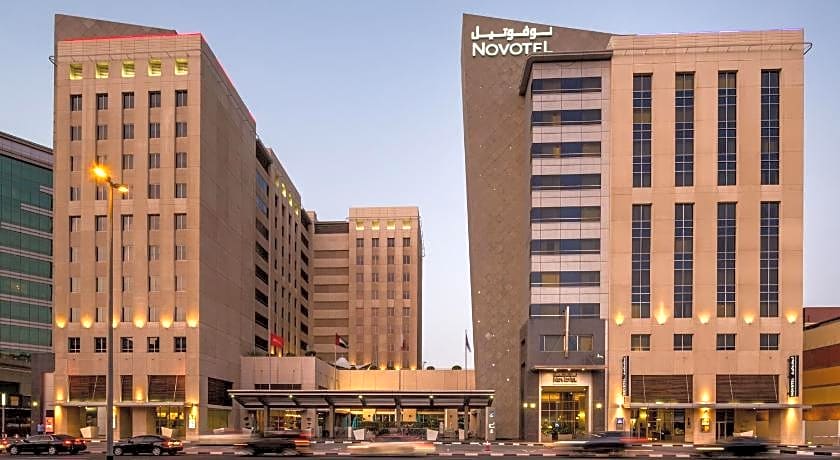
LECTURE DAY program
March 27, 2025
Talks Morning (Gems + Pearls)
9.00am-9.10am: opening by Branko Deljanin (GRI), Canada
9.10-9.50: Dan Lowry (Turquoise Museum), USA
9.50-10.30: Michal Kosiar (Amber experts), Poland
10.30-10.45: Coffee break
10.45-11.25: Kim Hughes (Symmetry Lab), Australia
11.25-12.15: TBD (DANAT lab), Bahrain
12.15-12.55: Tarun Jain (World Academy of Design)
LUNCH (13.00-14.00pm)
13.00-13.15: Eviqe Sponsor Talk
Lunch: 13.00-14.00pm
Talks Afternoon (Diamonds + Jewellery)
14.00-14.40: Thomas Hainchwang (GGTL lab), Lichtenstein, Belgium
14.40-15.30: Roman Serov (Octonus Diatech), India
15.30-16.00: Olga Okhrimenko (Octonus), Finland
16.00- 16.15: Coffee break
16.15-16.45: Elena Deljanin / Branko Deljanin (GRI), Canada
16.45-17.30pm ROUND TABLE “Natural and Lab-grown Diamonds: Friends or Foes” moderated by John Chapman (Gemetrix), Australia with panelists: Thomas Hainchwang, Olga Okhrimenko, Elena Deljanin, Branko Deljanin, 1 from “Eviqe Diamonds”)
GALA DINNER – 7.30-11PM
Greetings from Eviqe Sponsor
We invite companies to display and sell their products—including natural gems, diamonds, books, instruments, and related services—at our special exhibition. A limited number of booths will be available, located adjacent to the main conference floor.
The exhibition will officially open on March 25, 2026, with participation from key members of the Dubai trade, followed by lectures and workshops presentations throughout the day.
As an added benefit, all exhibitors will receive complimentary access to the full conference program on March 27, 2026.
Booth 1: one table (2m) and 2 chairs – $1,500
Booth 2: two tables (1.5m each) and 4 chairs – $1,900
Booth 3: three tables, sofa, and chairs (custom-made) – $2,500

